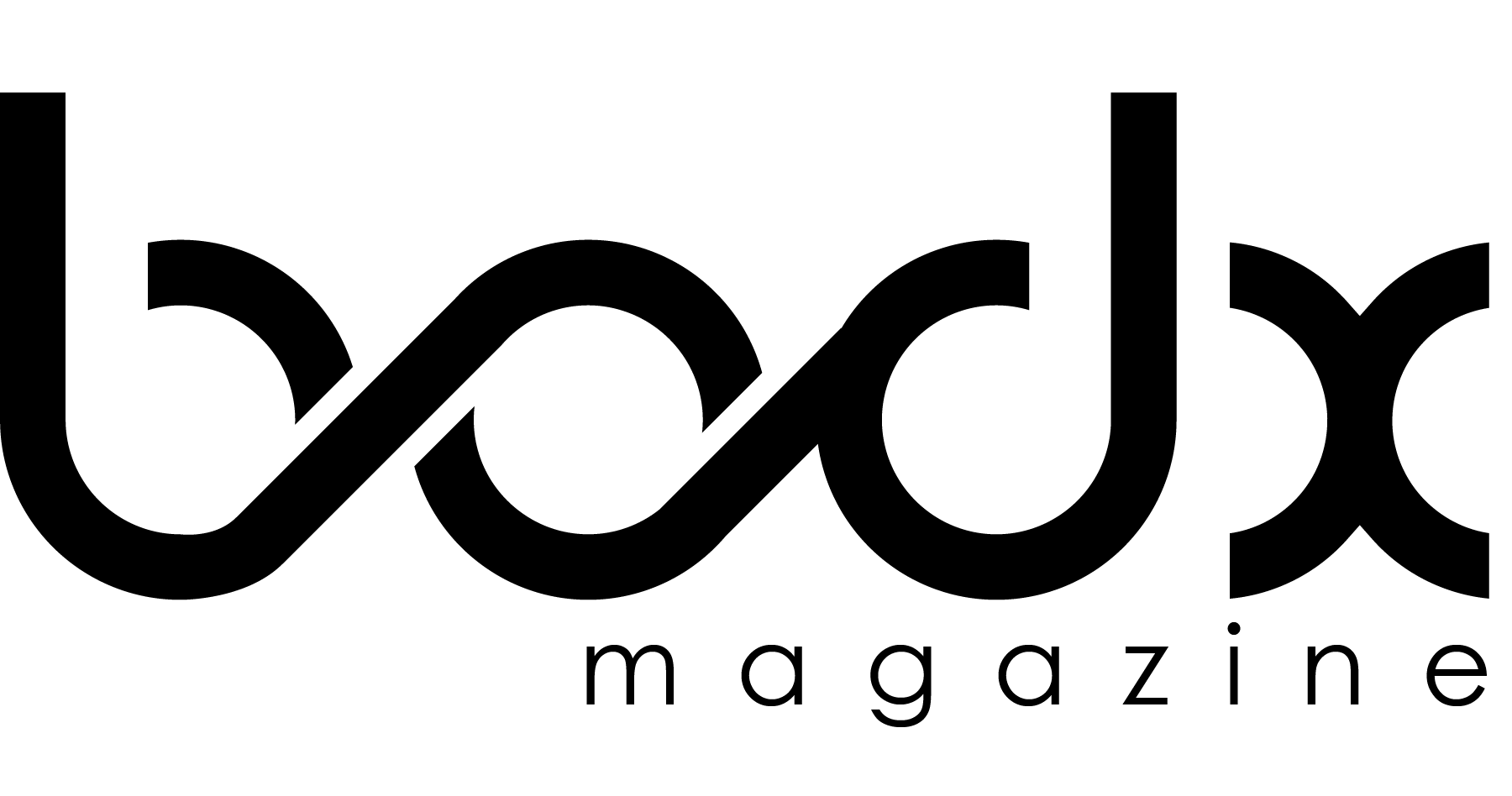Introduction
In the pursuit of a healthier lifestyle, understanding fitness and exercise routines is crucial. Whether you’re a beginner or a seasoned enthusiast, establishing effective routines can make a significant difference in achieving your fitness goals. This comprehensive guide delves into various aspects of fitness and exercise, offering insights, tips, and strategies to help you develop and maintain a balanced fitness regimen.
Understanding Fitness and Exercise
What is Fitness?
Fitness encompasses overall health and well-being, achieved through regular physical activity. It includes cardiovascular endurance, muscular strength, flexibility, and body composition.
Benefits of Regular Exercise
Regular exercise improves cardiovascular health, enhances mood, boosts energy levels, and promotes better sleep. It also helps manage weight, reduce the risk of chronic diseases, and increase longevity.
Building Your Fitness Routine
Setting Fitness Goals
Setting clear fitness goals provides direction and motivation. Goals should be specific, measurable, attainable, relevant, and time-bound (SMART).
Choosing the Right Exercise Routine
Choosing an exercise routine depends on your goals, fitness level, and preferences. It may include cardio, strength training, flexibility exercises, and functional movements.
Creating a Balanced Exercise Plan
Balanced exercise plans incorporate various types of exercises to target different muscle groups and aspects of fitness. This prevents plateauing and reduces the risk of injury.
Types of Fitness and Exercise Routines
1. Cardiovascular Exercise
Overview
Cardiovascular exercises increase heart rate and improve circulation. They include running, cycling, swimming, and dancing.
Benefits
Benefits of cardiovascular exercise include improved endurance, heart health, and calorie burning.
Tips for Effective Cardiovascular Workouts
- Engage in activities you enjoy to sustain motivation.
- Start with moderate intensity and gradually increase duration and intensity.
- Incorporate interval training for added benefits.
2. Strength Training
Overview
Strength training focuses on building muscle strength and endurance through resistance exercises using weights, resistance bands, or body weight.
Benefits
Benefits include increased muscle mass, improved metabolism, bone health, and functional strength.
Tips for Effective Strength Training
- Include compound exercises targeting major muscle groups.
- Progressively increase weight to challenge muscles.
- Ensure proper form to prevent injuries.
3. Flexibility and Stretching
Overview
Flexibility exercises improve range of motion and reduce muscle stiffness. They include yoga, Pilates, and stretching routines.
Benefits
Benefits include enhanced mobility, posture, and injury prevention.
Tips for Effective Flexibility Exercises
- Warm up before stretching to increase effectiveness.
- Hold stretches for 15-30 seconds without bouncing.
- Incorporate stretching into your daily routine.
4. Functional Fitness
Overview
Functional fitness focuses on exercises that mimic daily movements to improve balance, coordination, and agility.
Benefits
Benefits include better performance in daily activities and reduced risk of falls.
Tips for Effective Functional Fitness Workouts
- Focus on multi-joint movements like squats, lunges, and overhead presses.
- Include balance exercises such as single-leg stands and stability ball exercises.
- Progressively challenge coordination and agility.
Designing Your Personalized Exercise Program
Customizing Your Routine
Customizing your exercise program involves tailoring exercises, intensity, and frequency to suit your fitness level and goals.
Factors to Consider
- Time available for workouts.
- Fitness level and any health conditions.
- Preferences for specific types of exercises.
Maintaining Motivation and Consistency
Staying Motivated
Staying motivated involves setting realistic goals, tracking progress, and finding enjoyment in physical activity.
Overcoming Challenges
Overcoming challenges such as time constraints, fatigue, and lack of motivation requires dedication and perseverance.
Conclusion
Achieving optimal health and fitness through well-planned exercise routines requires commitment, knowledge, and personalized strategies. By understanding different types of exercises, setting realistic goals, and staying motivated, you can create a sustainable fitness regimen that enhances your overall well-being. Remember to prioritize safety, listen to your body, and seek professional guidance when needed. Embrace the journey towards a healthier lifestyle with confidence and determination.
FAQs About Fitness and Exercise Routines
1. How often should I exercise to see results?
To see results, aim for at least 150 minutes of moderate-intensity exercise or 75 minutes of vigorous-intensity exercise weekly, along with strength training exercises on two or more days a week.
2. Is it better to exercise in the morning or evening?
The best time to exercise depends on personal preference and schedule. Choose a time when you feel most energetic and can maintain consistency.
3. Can I lose weight with exercise alone?
Exercise plays a crucial role in weight loss, but combining it with a balanced diet is essential for sustainable weight loss.
4. How can I prevent injuries during exercise?
To prevent injuries, warm up before exercise, use proper form and technique, gradually increase intensity, and listen to your body’s signals.
5. Should I consult a healthcare provider before starting an exercise program?
Yes, especially if you have pre-existing health conditions or concerns about your fitness level. A healthcare provider can offer personalized recommendations.
6. What are the benefits of warming up and cooling down?
Warming up prepares your body for exercise by increasing heart rate and blood flow to muscles, while cooling down helps prevent muscle soreness and promotes recovery.
7. How important is hydration during exercise?
Staying hydrated is crucial for performance and recovery during exercise. Drink water before, during, and after workouts, especially in hot or humid conditions.
8. Can I exercise if I have a chronic condition?
Exercise can be beneficial for managing chronic conditions, but it’s essential to consult a healthcare provider for guidance on safe exercises and intensity levels.
9. How do I track progress in my fitness journey?
Track progress by recording workouts, measuring fitness metrics (e.g., weight, body measurements, strength), and noting improvements in endurance and performance.
10. What role does rest play in a fitness routine?
Rest and recovery are vital for muscle repair, injury prevention, and overall well-being. Include rest days in your exercise routine to allow your body to recover and adapt.



















